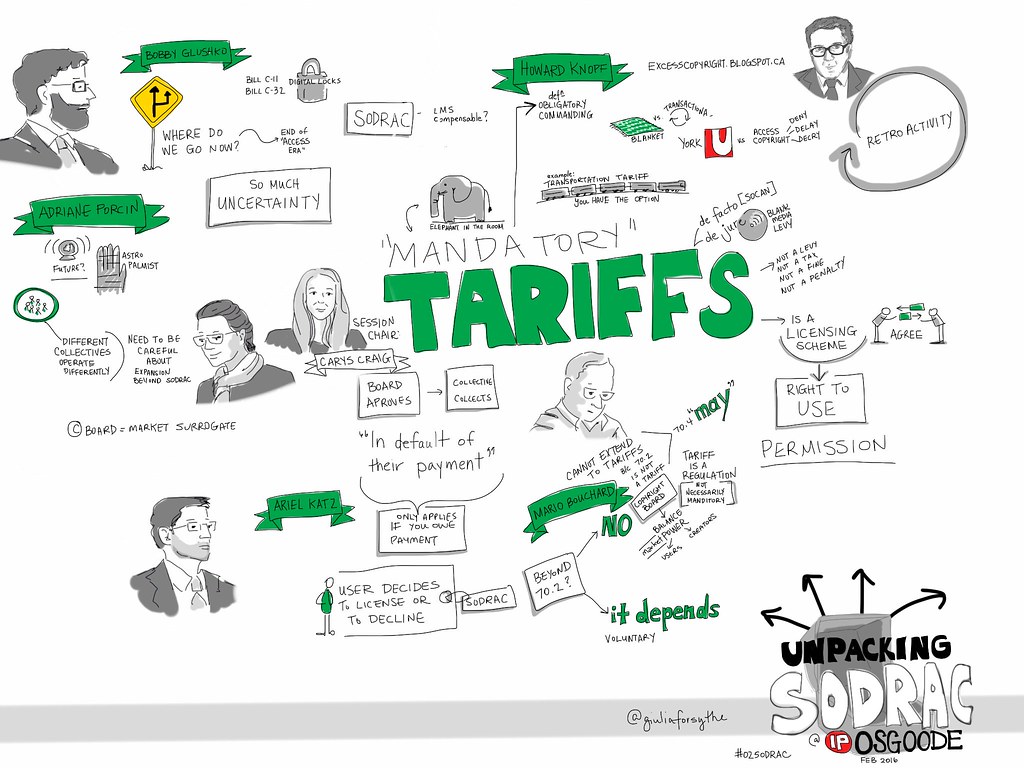Key Takeaways:
- Countries with lower GDPs often impose higher tariffs to protect local industries.
- High tariffs can create trade imbalances but generate revenue for governments.
- Low-income countries use tariffs to shield their industries from foreign competition.
- While tariffs protect jobs, they can also increase costs for consumers.
- Some countries find success with tariffs, but they often slow long-term growth.
What Are Tariffs?
Tariffs are taxes on imported goods. Governments use them to protect local industries and raise revenue. But why do poorer countries often have higher tariffs?
The Link Between Lower GDP and High Tariffs
Countries with lower GDPs face challenges like weak industries and limited resources. They may impose high tariffs to protect these industries. Without strong domestic production, these countries fear cheaper imports could harm local businesses.
How Tariffs Affect Trade Balances
When a country raises tariffs, its imports become more expensive, often leading to fewer imports. This can create a trade surplus. However, other countries might retaliate, making the first country’s exports more expensive and less competitive.
Examples of Low-GDP Countries with High Tariffs
Countries like Chad and Nigeria have high tariffs. These tariffs help their governments generate revenue and protect local industries. For example, high tariffs on imported food help their farmers by making foreign products less attractive.
The Consequences of High Tariffs
While tariffs protect jobs, they can also harm consumers by increasing prices. High tariffs make imported goods expensive, which can slow economic growth and discourage investment.
Why High Tariffs Exist in Poor Countries
High tariffs help governments in poorer countries maintain political stability and economic independence. Despite potential harm, short-term benefits like job protection and revenue make tariffs a necessary tool.
When Do Tariffs Work Well?
In rare cases, tariffs can help build industries. For example, South Korea used tariffs in the 20th century to protect its young industries, leading to significant economic growth. Tariffs can reduce dependence on imports, encouraging domestic production.
Conclusion
Tariffs are a double-edged sword, especially for poorer countries. While they provide short-term protection and revenue, they can hinder long-term growth. Understanding the role of tariffs helps appreciate the challenges countries face in shaping their economies. As global trade evolves, finding the right balance remains crucial.

